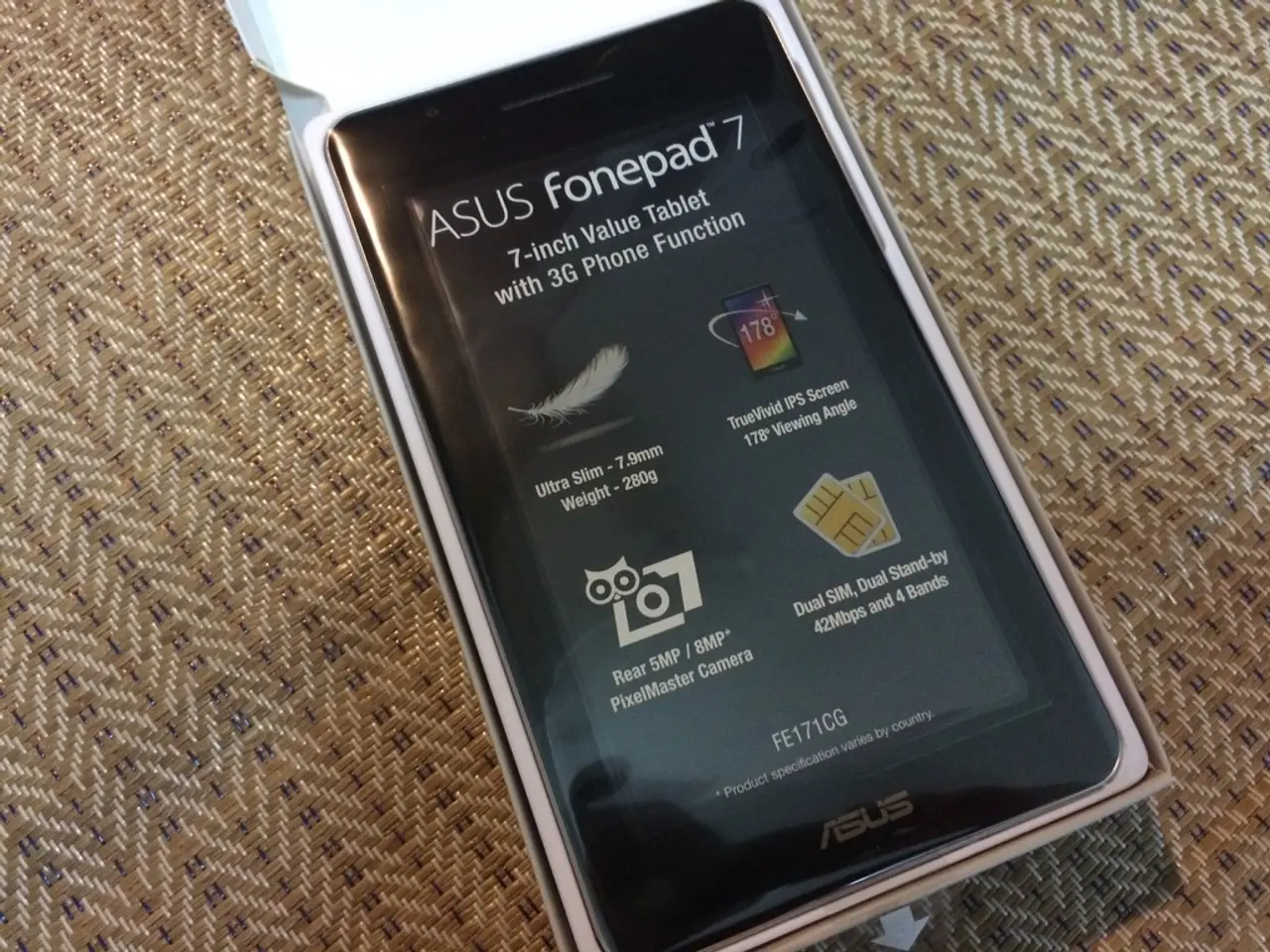EU set to exclusively offer eSIM-equipped iPhone 17 models
The tech giant, Apple, is set to unveil its latest offering, the iPhone 17 series, next week, and a significant change is on the horizon. According to reports, the new series may not feature physical SIM card slots, marking a shift towards exclusive eSIM use.
Last year, IT news service The Information reported that Apple plans to eliminate physical SIMs in more countries. This move, if confirmed, could have implications for users and mobile network providers.
In the EU, Apple currently employs a dual strategy for iPhones, combining a "real" SIM with one digital eSIM. However, with the iPhone 17 series, Apple seems to be preparing for a transition to exclusive eSIM use, as numerous official Apple partners are reportedly receiving training courses in the eSIM area four days before the iPhone keynote.
The use of eSIMs offers several advantages. For instance, eSIM sales processes can be digitized, as demonstrated by providers like Fraenk. However, it's important to note that not all mobile network providers have fully digitalized their eSIM process. Users should contact their mobile network provider to understand their eSIM transfer process.
The compatibility of Apple's new eSIM transmission methods with every mobile network provider is unclear. Some mobile network providers in the 27 EU countries, including Germany, have criticised Apple's decision to omit physical SIM card slots in the iPhone 17 series, citing potential impacts on users and network operators.
Device switching with eSIMs can cause difficulties if the network operator does not provide standard eSIM transmission. Moreover, the specifics of Apple's new eSIM transmission methods are not detailed in the reports.
In the USA, the iPhone 14 series, released in 2022, only has eSIMs, but the space for the physical SIM is currently not used for other components. Contrastingly, in China, devices have double physical SIMs, with both cards placed side by side in the SIM tray.
The particularly thin iPhone 17 Air model may lack the space for a physical SIM slot. However, it's not clear whether the new eSIM transmission methods by Apple will be available for all iPhone 17 series models.
In the UK, mobile network providers have expressed concerns about customer losses due to quick switching. The new eSIM transmission methods by Apple are designed for future compatibility with Android devices, suggesting a broader shift towards digital SIMs in the tech industry.
While the details remain scarce, it's clear that Apple is pushing towards a future where physical SIM cards may become obsolete. As always, users are advised to stay tuned for official announcements and to consult with their mobile network providers for any questions or concerns regarding eSIMs.
Read also:
- visionary women of WearCheck spearheading technological advancements and catalyzing transformations
- Oxidative Stress in Sperm Abnormalities: Impact of Reactive Oxygen Species (ROS) on Sperm Harm
- Is it possible to receive the hepatitis B vaccine more than once?
- Transgender Individuals and Menopause: A Question of Occurrence?








